Acalypha are not easily confused with other plants in the spurge family, which is not surprising because they are in many ways atypical examples of their family. They tend to resemble plants of the nettle family more, however, not stinging nettles themselves, but rather, other small, inconspicuous plants in this family. In fact, the scientific name for Acalypha is a reference to the greek word akalephes, meaning "nettle", which reflects the similarity. The similarly-looking and similarly-located flower bracts on these plants make them particularly easy to confuse.
The two plants that I find are easily confused with Acalypha are:
- Parietaria pensylvanica - Pennsylvania Pellitory - I find this plant also looks very similar to Acalypha. It can be distinguished by its narrow leaves that taper off to a narrow but rounded point, and its leaves are completely without teeth. It also tends to grow in a similar habitat, in disturbed areas, although it seems to have a little more of a preference for shade. It has a lanky / leggy growth habit, often growing long stems which frequently fall over. It often tends to prefer slightly drier areas or poorer soils than Acalypha.
- Pilea sp. - Clearweed - Clearweed looks superficially very similar to Acalypha, but it is easily distinguished by its clear stem, and thicker, almost succulent leaves, and its opposite arrangement of leaves on the stem. Its leaves also have more marked serration, and the overall shape and growth habit are more nettle-like. I find that it tends to prefer wetter areas more than Acalypha.
If you are creating a native plant garden, engaging in ecological restoration, or just want to encourage more native weedy plants around your garden, both of these species, and all three Acalypha described above, are all native, so if you have trouble distinguishing them, don't sweat--you can leave all of them.
One more genus of plants that can be confused with Acalypha, worth mentioning, are the amaranths, Amaranthus sp, which includes both food species called "amaranth", as well as weedy plants like pigweed. The leaves and growth habit look the same, but amaranths are easily distinguished by their upright flowers and fruiting bodies, forming in large spikes at the top of the plant. Once you have observed the plants flower, you can then learn to recognize them earlier in their life-cycles. There are many different amaranth species, and many look similar to Acalypha, but the leaves often have pronounced visual textures, like more pronounced ridges in the leaves, and can have quite different growth habits, with many species growing much larger, and others growing flatter against the ground.


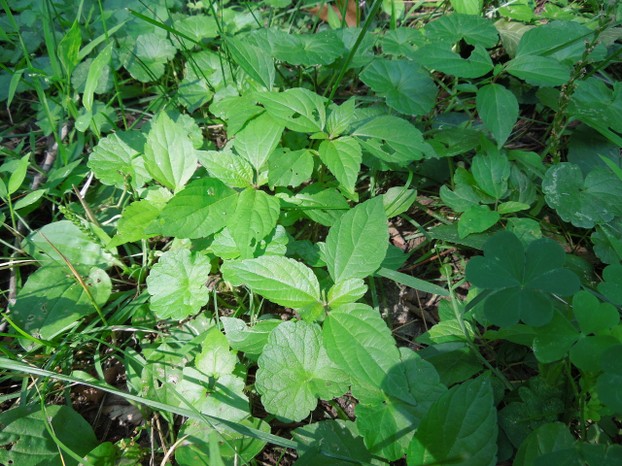

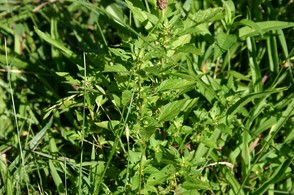
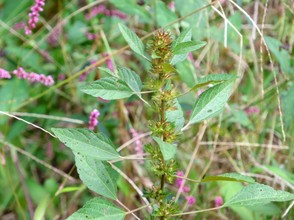
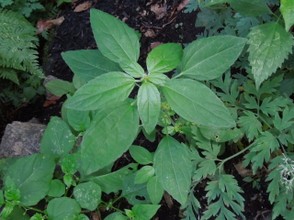
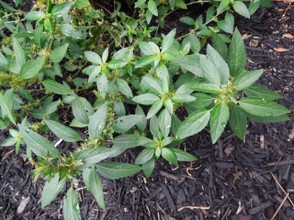
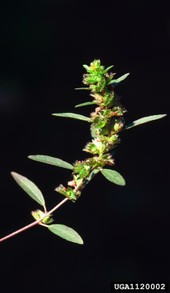
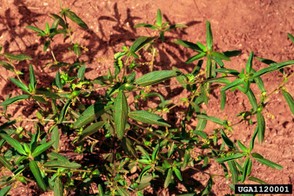
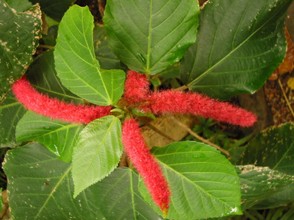
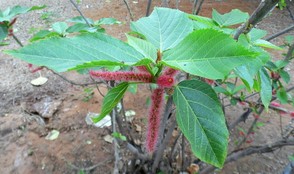
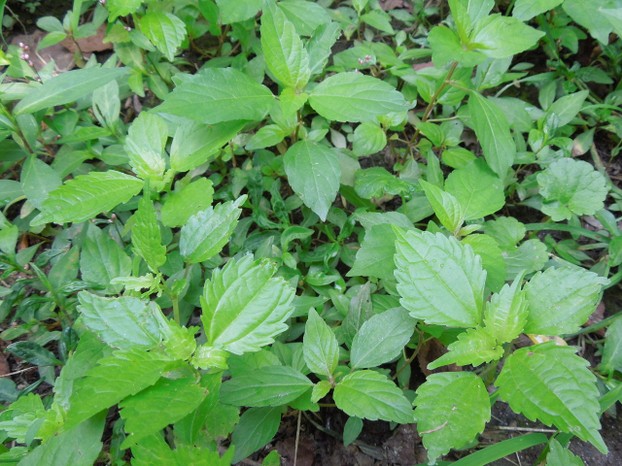
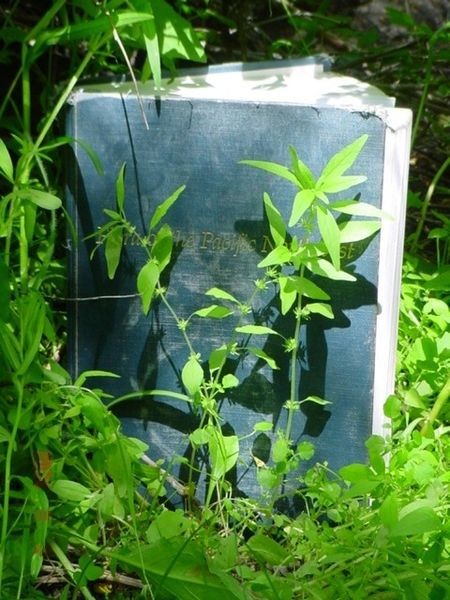



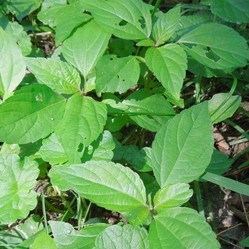

 The Shaming of Femininity and Elevation of Masculinityon 07/13/2017
The Shaming of Femininity and Elevation of Masculinityon 07/13/2017
 What is Genderqueer or Non-Binary Gender?on 10/16/2015
What is Genderqueer or Non-Binary Gender?on 10/16/2015
 Resources for Learning Spanish Free Onlineon 04/13/2016
Resources for Learning Spanish Free Onlineon 04/13/2016
 Ways Native Plants Can Help Control Invasive Plantson 05/26/2016
Ways Native Plants Can Help Control Invasive Plantson 05/26/2016

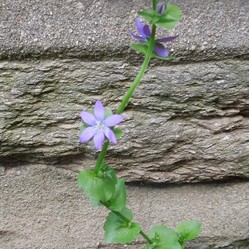
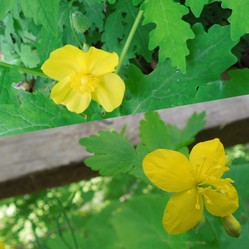
Questions? Comments? Feedback?